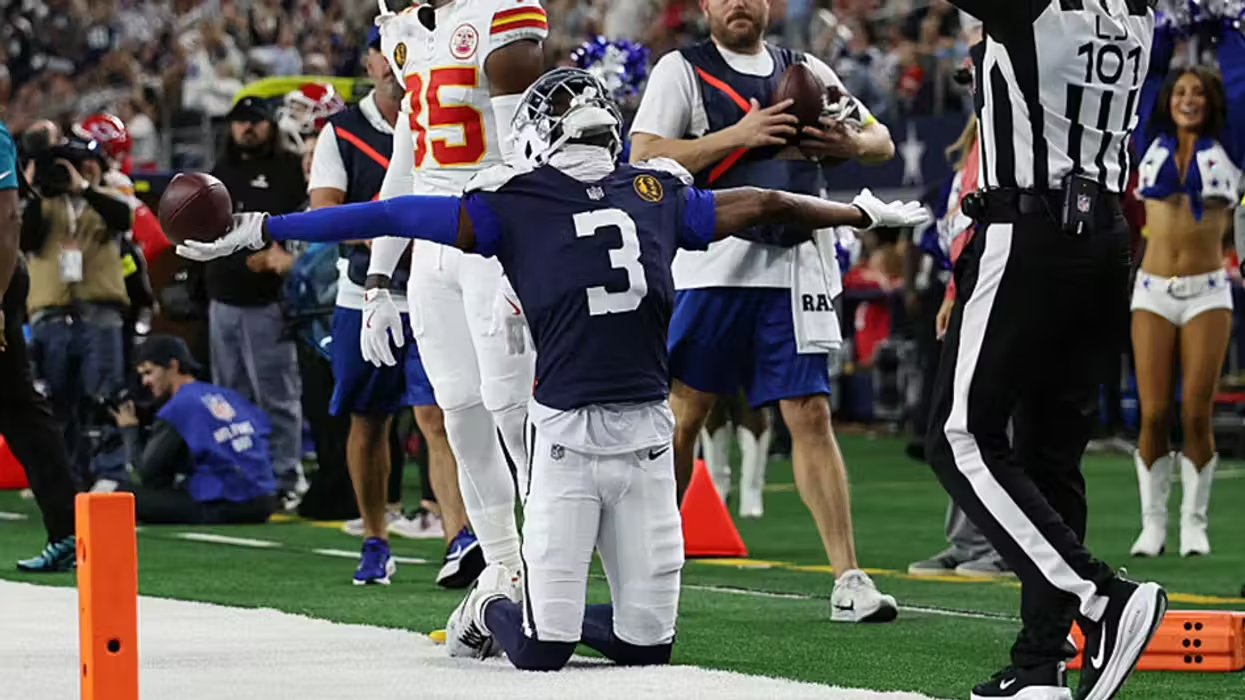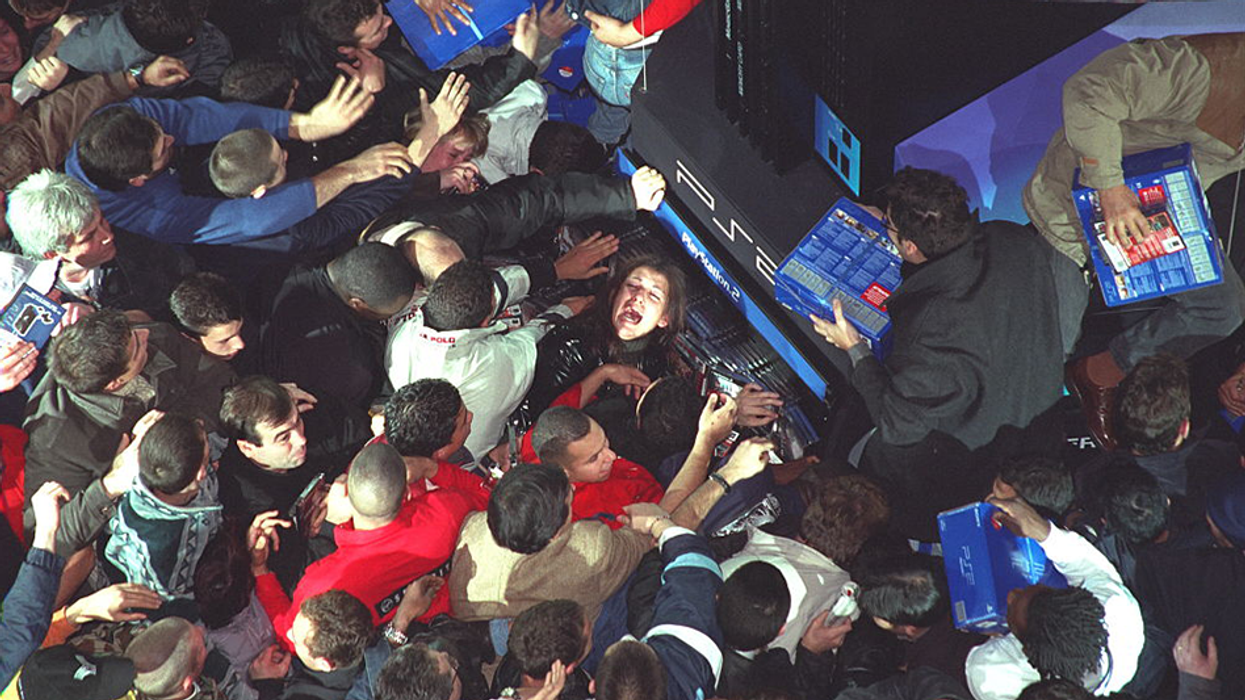
© 2025 Blaze Media LLC. All rights reserved.
Study: Selling Junk Food at Middle Schools Does Not Lead to Overweight Students
January 17, 2012
"...we kept looking for a connection that just wasn't there."
Health food vs. junk food in schools has been an ongoing battle for years, especially as the percentage of obese children has tripled since the 1970s. But is junk food sold in school really to blame?
A new study, which the authors held back from publishing for two years due to its controversial findings, reveals that at least in middle school children, sugary drinks, fried food and other popular junk food purchased at school does not correlate to a rise in weight levels.
Last year, The Blaze reported on stories ranging from schools eradicating junk food, schools banning home-packed lunches and the infamous debate over potatoes in school meals, which resulted in Congress fighting for potatoes to remain and stating that pizza was considered part vegetable.
The new study published in journal Sociology of Education was produced from a review of data from the Early Childhood Longitudinal Study by Jennifer Van Hook, professor of sociology and demography at Pennsylvania State University, and her colleague Claire Altman. Van Hook and Altman found that in the subsample of 19,450 children grades fifth through eight, more than 59 percent of fifth graders and 86.3 percent of eighth graders attended schools where junk food was sold. According to the press release, while there was a significant percentage of students attending schools where junk food was sold, there was not a disproportionate number of students considered obese or overweight in these schools compared to institutions where junk food was absent.
"There has been a great deal of focus in the media on how schools make a lot of money from the sale of junk food to students, and on how schools have the ability to help reduce childhood obesity," Van Hook said in the release. "In that light, we expected to find a definitive connection between the sale of junk food in middle schools and weight gain among children between fifth and eighth grades. But, our study suggests that — when it comes to weight issues — we need to be looking far beyond schools and, more specifically, junk food sales in schools, to make a difference."
"Schools only represent a small portion of children's food environment," Van Hook said. "They can get food at home, they can get food in their neighborhoods, and they can go across the street from the school to buy food. Additionally, kids are actually very busy at school. When they're not in class, they have to get from one class to another and they have certain fixed times when they can eat. So, there really isn't a lot of opportunity for children to eat while they're in school, or at least eat endlessly, compared to when they're at home. As a result, whether or not junk food is available to them at school may not have much bearing on how much junk food they eat."
Van Hook said that the findings surprised the researchers so much that they held off publishing for nearly two years "because we kept looking for a connection that just wasn't there."
Want to leave a tip?
We answer to you. Help keep our content free of advertisers and big tech censorship by leaving a tip today.
Want to join the conversation?
Already a subscriber?
more stories
Sign up for the Blaze newsletter
By signing up, you agree to our Privacy Policy and Terms of Use, and agree to receive content that may sometimes include advertisements. You may opt out at any time.
Related Content
© 2025 Blaze Media LLC. All rights reserved.
Get the stories that matter most delivered directly to your inbox.
By signing up, you agree to our Privacy Policy and Terms of Use, and agree to receive content that may sometimes include advertisements. You may opt out at any time.






